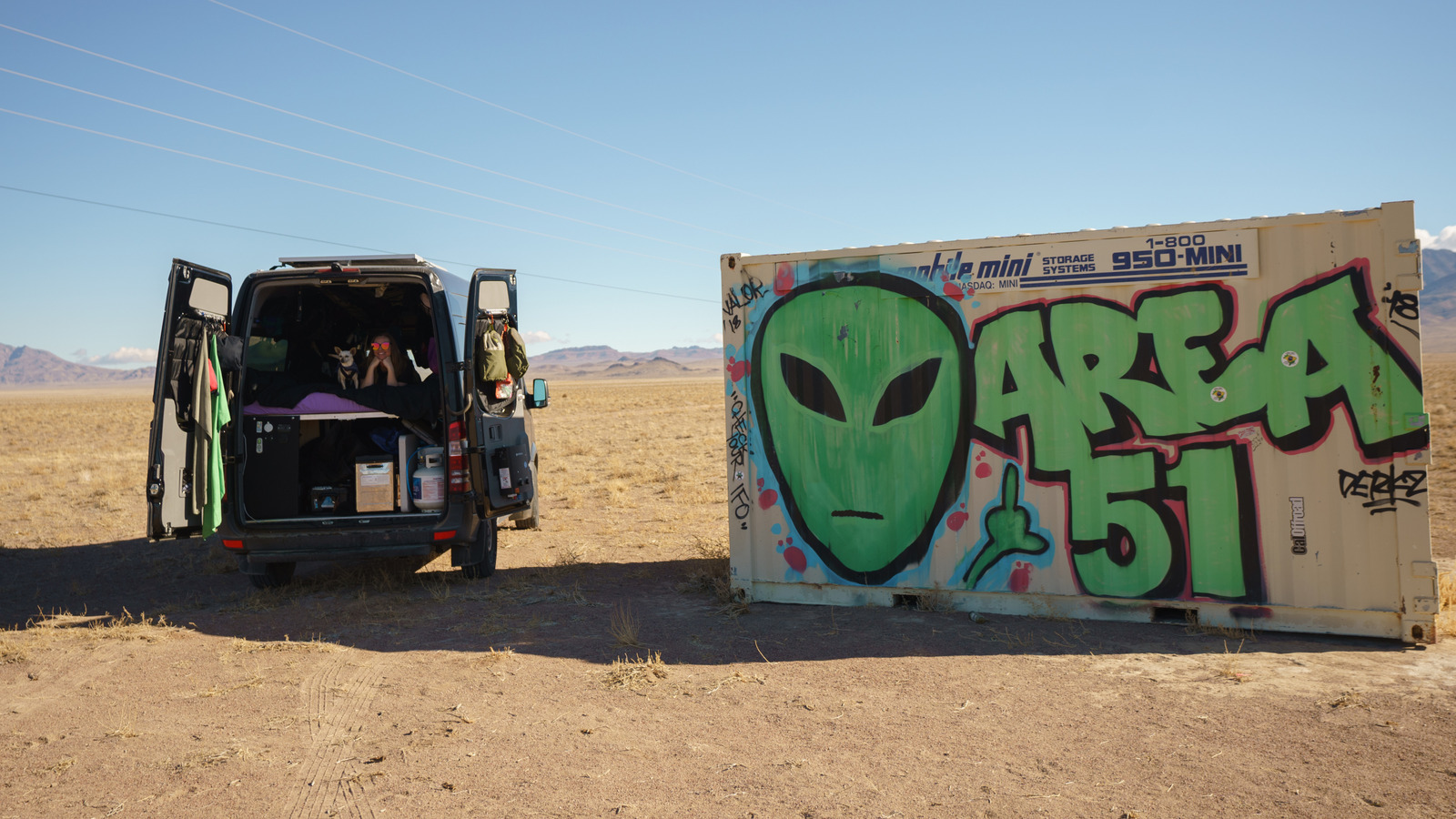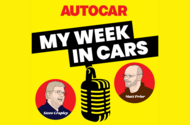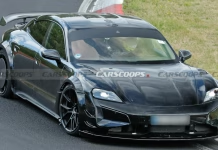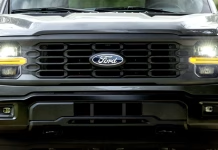Norway Sets Bold Zero-Emission Mandate to Preserve Iconic Fjords
Porsche Prepares Ultimate Taycan: Track-Ready Electric Powerhouse Spotted Testing
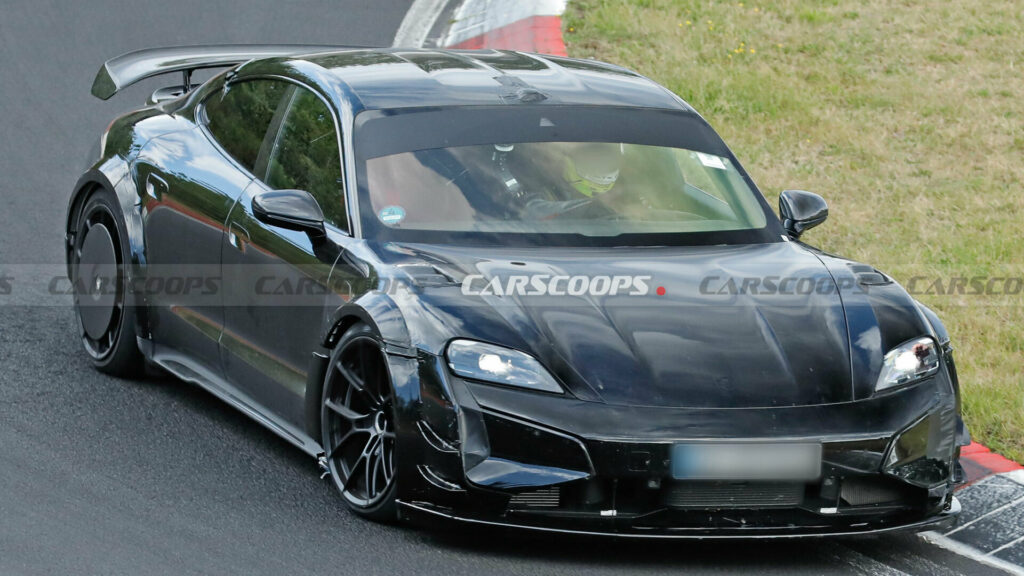
Denza Launches Premium SUV Lineup to Challenge UK Luxury Car Market
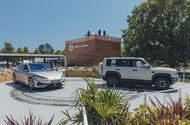 Denza will arrive in the UK with a network of stand-alone dealers and rivals for some of the market's biggest names
Denza will arrive in the UK with a network of stand-alone dealers and rivals for some of the market's biggest names
BYD will grow its Denza premium brand in the UK with a network of stand-alone dealers and an expanded range of models that will include rivals to the Land Rover Defender and Range Rover.
Denza made its UK debut at the Goodwood Festival of Speed, where it showed the Z9 GT shooting brake, the Defender 110-sized B5 4x4 and the D9 luxury MPV – and BYD vice president Stella Li told Autocar that these three models are just the start of an ambitious plan to disrupt the European premium car market.
"We need premium," said Li. "This year [at Goodwood] we have three models from Denza as premium models which give you a new experience - really focusing on the premium area."
The first UK-bound Denza model is the Z9 GT shooting brake, due on sale in the first quarter of 2026 with the choice of EV or plug-in hybrid power. The D9 PHEV MPV will follow a few months after and the 677bhp B5 4x4 will arrive by the end of the year.
The B5 is sold in China as the Bao 5, as part of BYD's new Fangchengbao range – and Li said the company plans to bring the other Fangchengbao models here with a Denza badge.
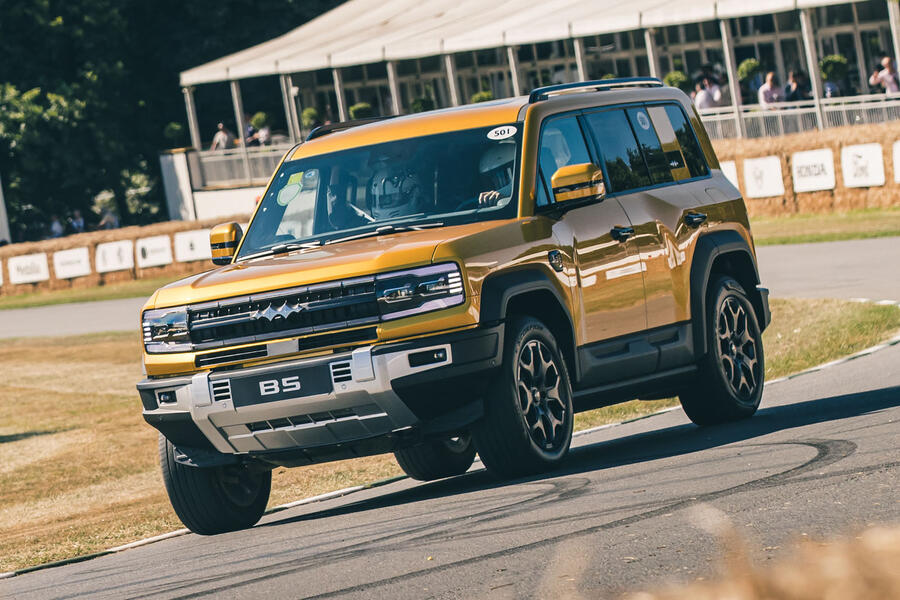
That line-up includes the B8 – a larger 4x4 PHEV in the vein of the Toyota Land Cruiser and Land Rover Defender 130 – and the Tai 3, a chunky mid-sized electric crossover.
Li also marked out the BYD N9, a more "lifestyle"-themed large electric SUV, as a potential addition to the Denza ranks in Europe - emphasising the brand's premium positioning by giving it a rival to the upcoming Range Rover Electric.
She stopped short of giving more precise launch plans but said the Denza range could be expected to expand at a rate of around one model every six months.
Denza will be pitched as a stand-alone brand in the UK, with its own dealerships located at separate sites from the existing BYD showrooms.
Li said the Denza showrooms will be "very beautiful" spaces designed to look like a "crystal box", with a modern, minimalist layout and liberal use of glass.
The company is working to ensure Denza is not simply seen as a sub-brand of BYD. "The importance is that people understand this is more premium", said Li, likening Denza to Audi while BYD would be more like Volkswagen.
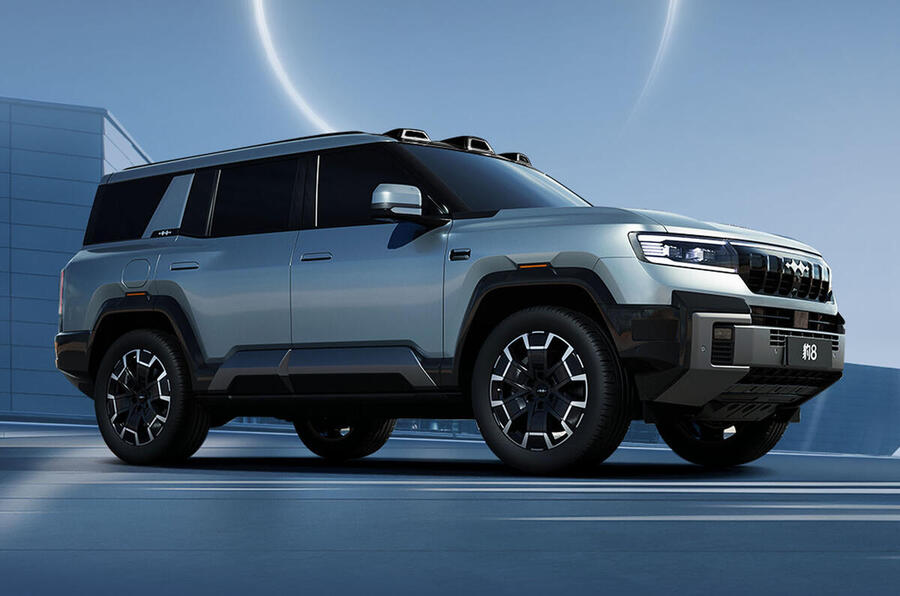
Li said the design and technical capability of Denza's cars will help the brand compete with the likes of BMW and Mercedes. She highlighted the Z9's dramatic styling and ability to turn on the spot as standout attributes, plus the self-parking functionality and the ability to plug into chargers automatically.
In the case of the Denza B5, Li said its off-road prowess and high levels of technology will give it the edge against established competitors like the Land Rover Defender.
"Our technology, I would say, is 10 times better than legacy brands - and they give you a new experience," she said.
Crucially, Li confirmed, all electric Denza models will be compatible with BYD's new 1000kW ultra-rapid EV chargers, which can add 249 miles of range in just five minutes. Following their rollout in China earlier this year, BYD is in talks with partners to install the devices across the UK, where they will be by far the fastest chargers available.
Denza cars also have BYD’s ‘God’s Eye’ autonomous driving functionality built in, which uses lidar to offer level two-plus autonomous driving functionality (wherein it still requires human supervision at all times). While this technology has yet to be legalised for use on UK roads, Li said the systems can be updated over the air to keep pace with regulation.
Volvo Plans Major Shift as Best-Selling XC60 and XC90 Head to US Production
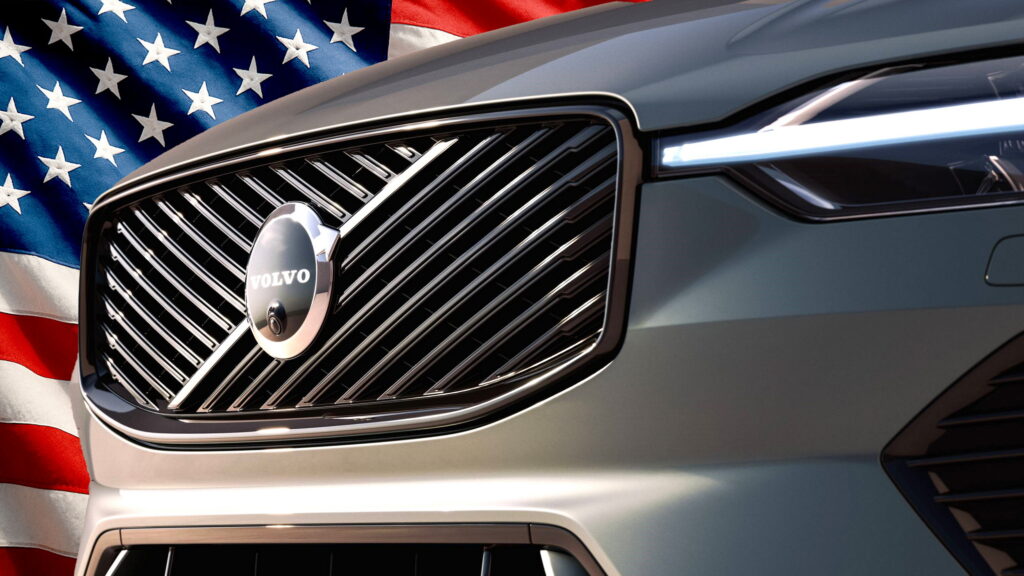
How US-Made Engines Help Airlines Dodge Tariffs and Keep Planes Flying
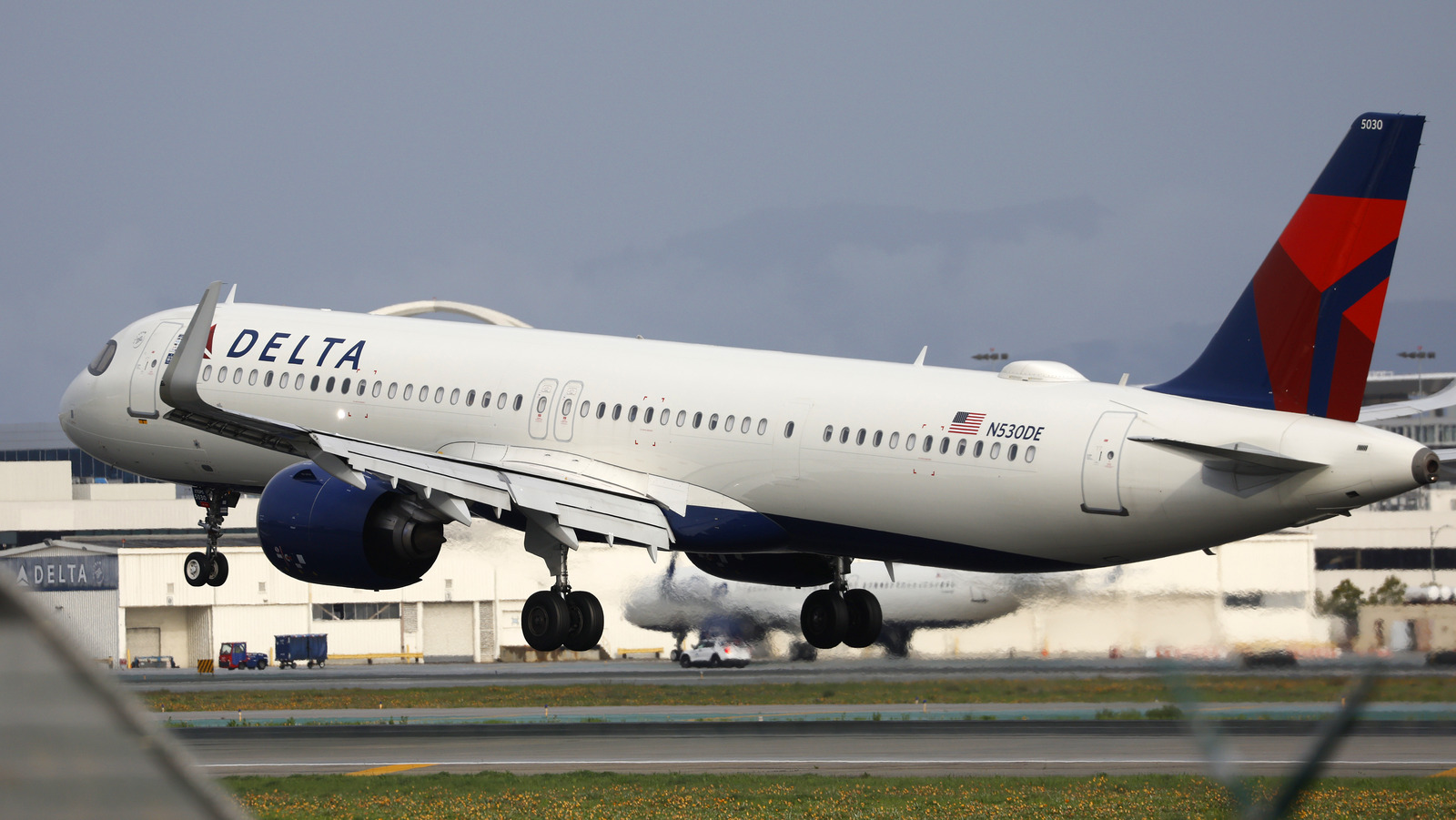
Deacon’s Quick Action Stops Church Tragedy and Inspires Community Reward
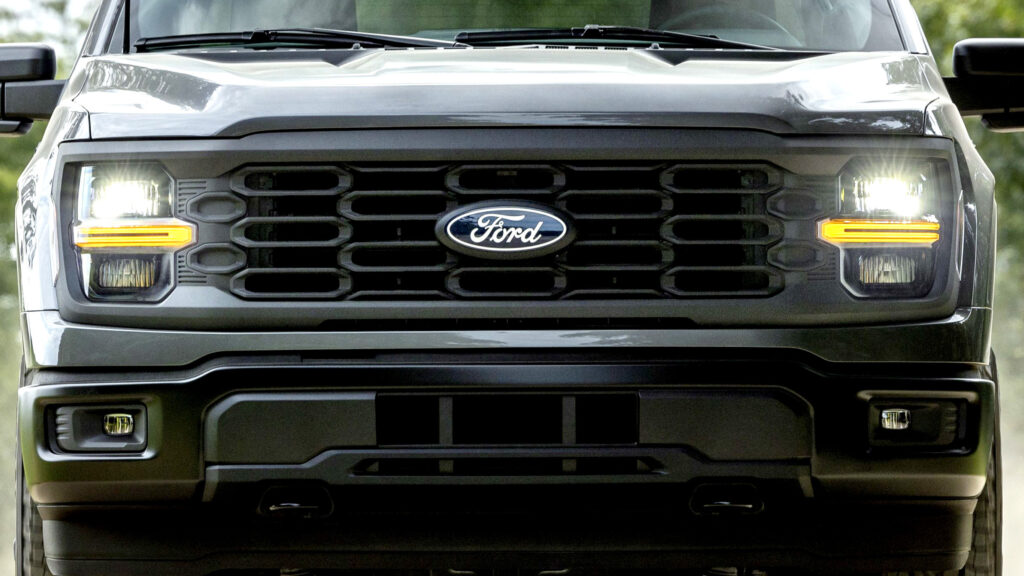
Rivian Updates R1S and R1T With Enhanced Google Maps Navigation
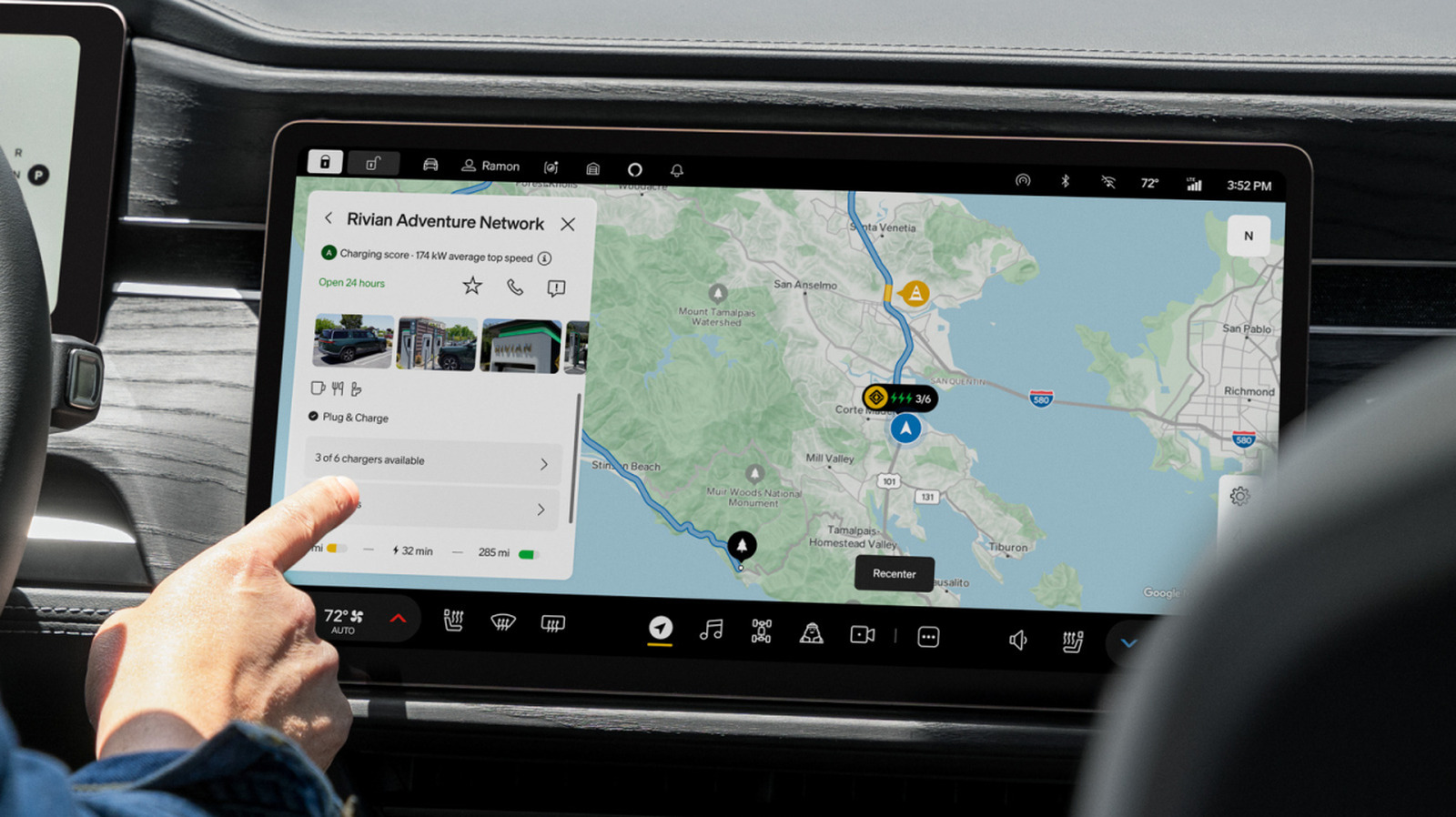
Tesla Faces Landmark Jury Trial Over Fatal Autopilot Crash and the Future of Driver-Assist...
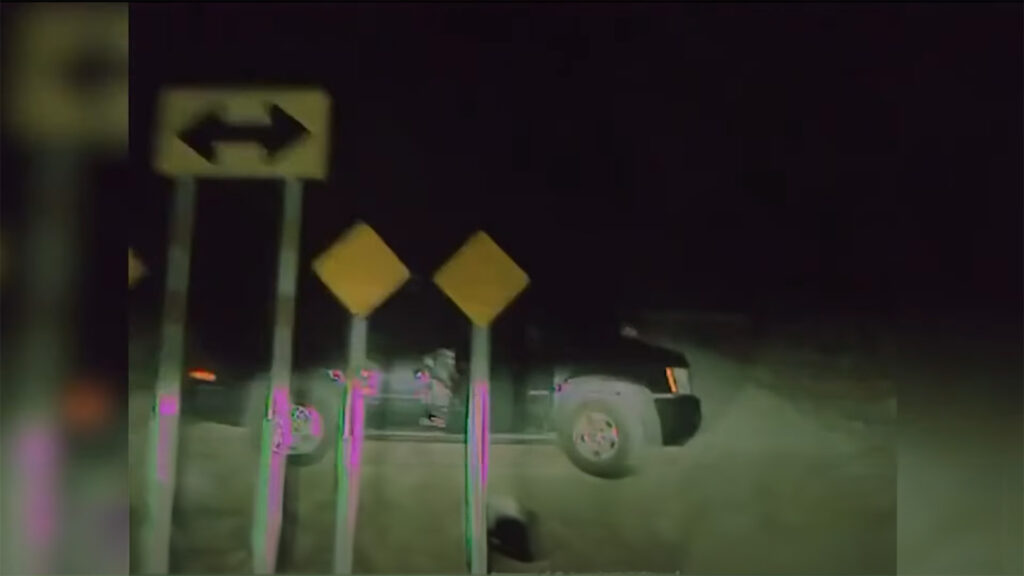
Why Debunking Conspiracy Theories Only Fuels Their Fire
